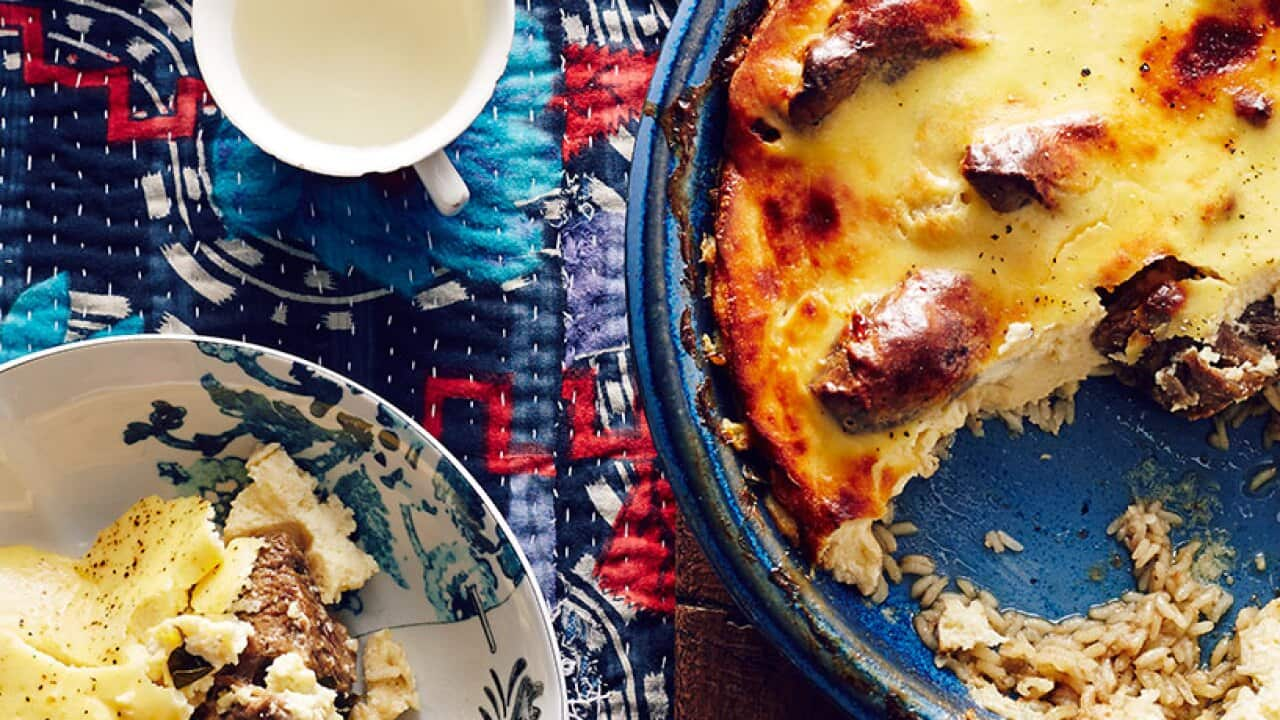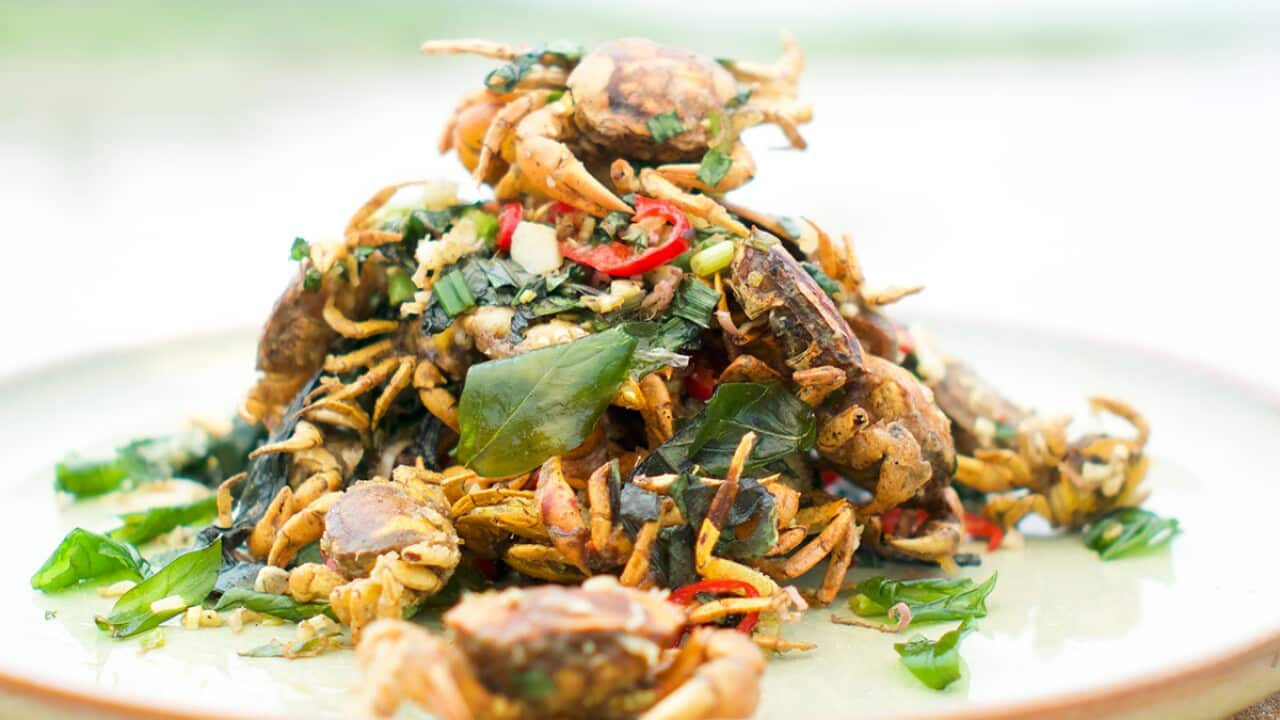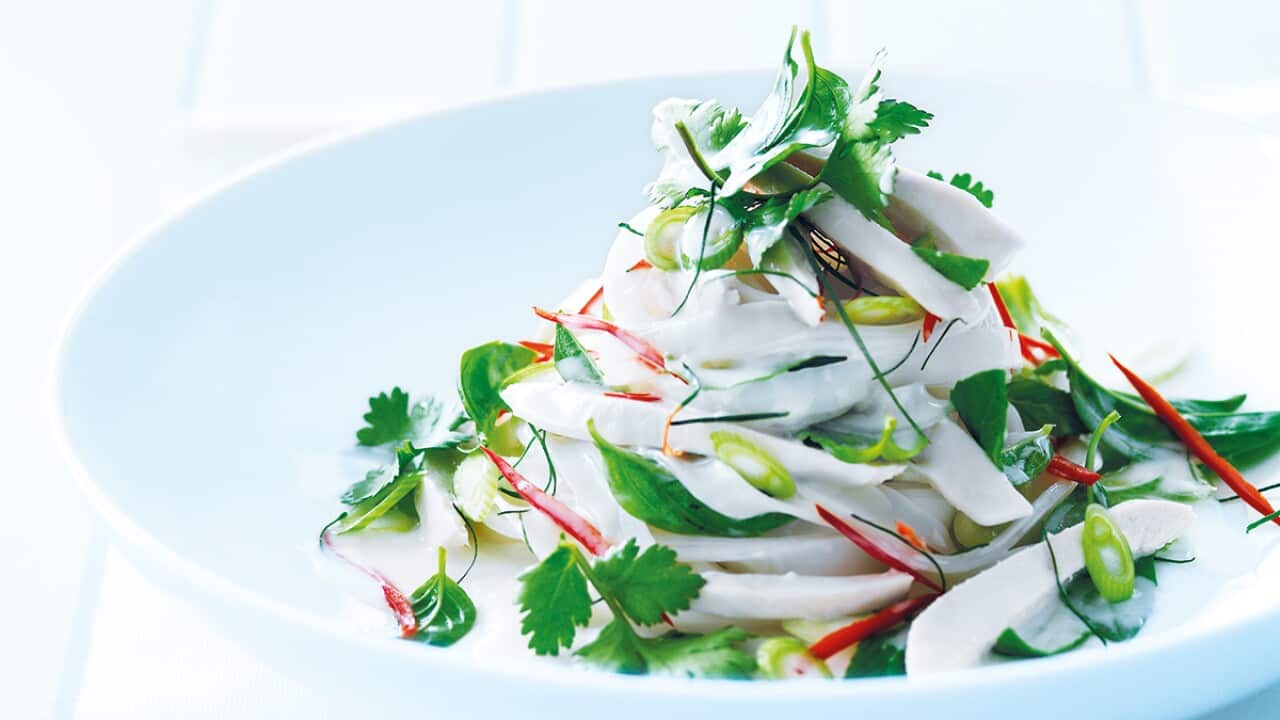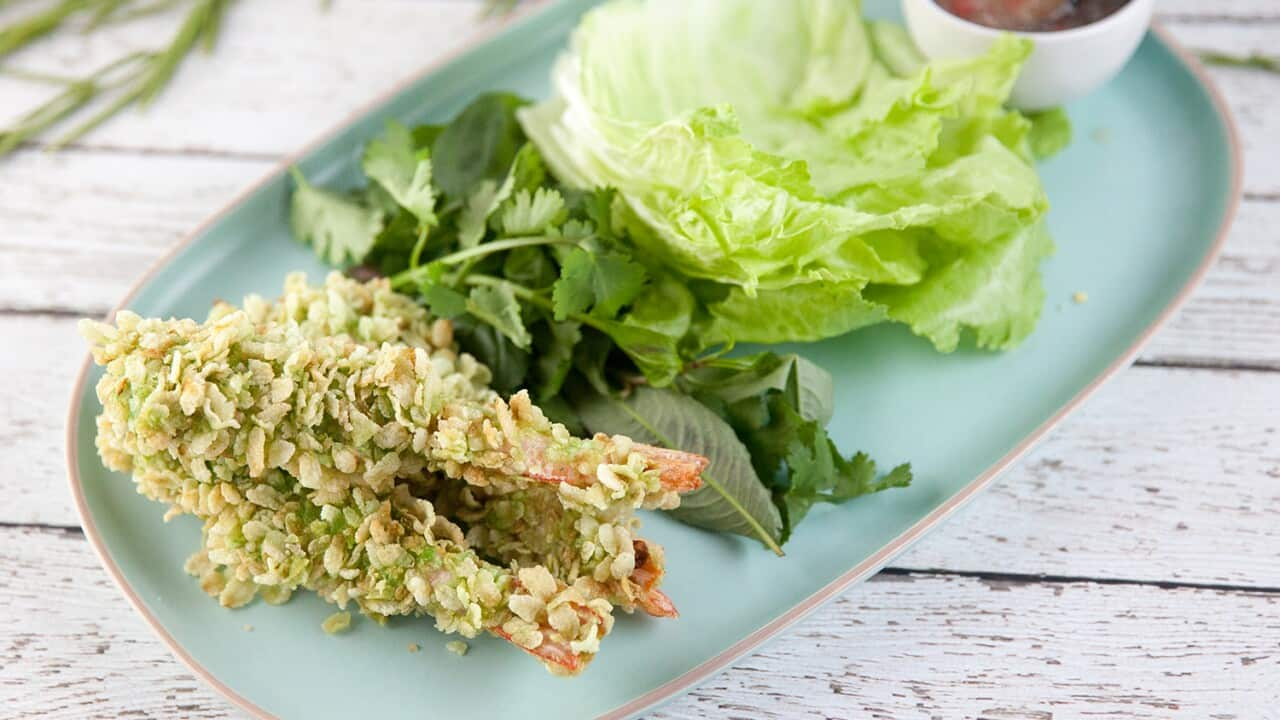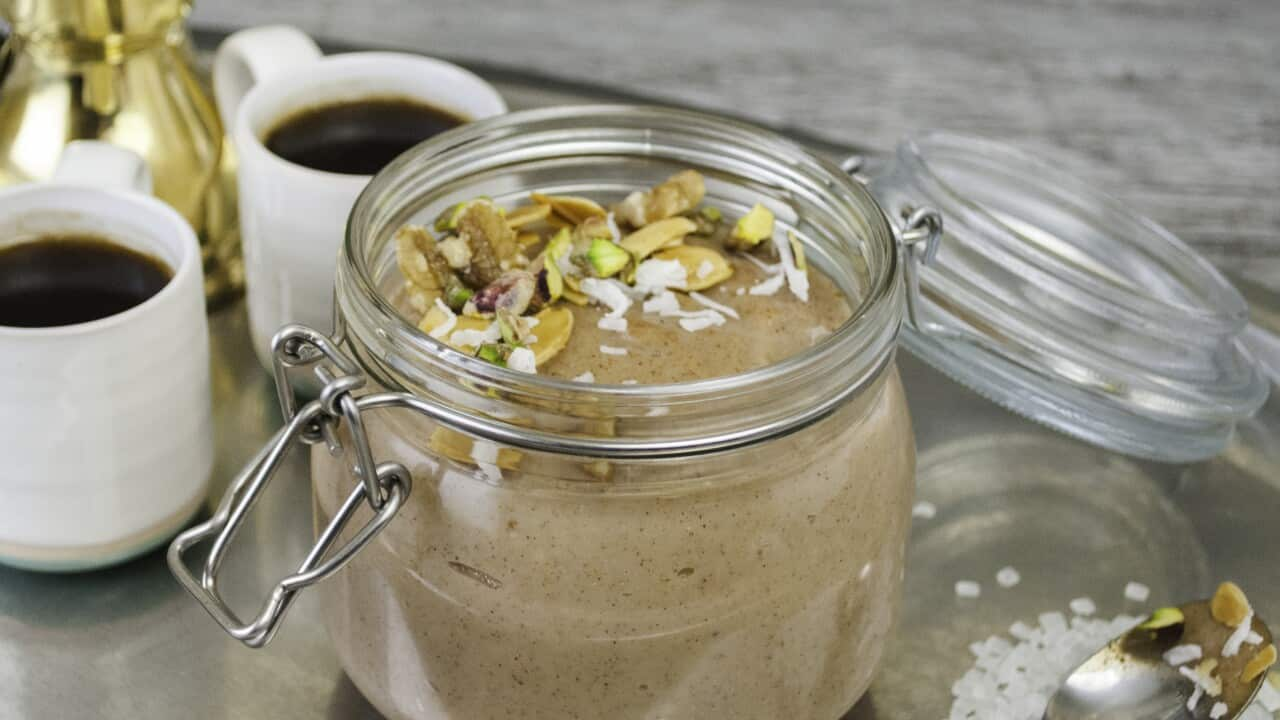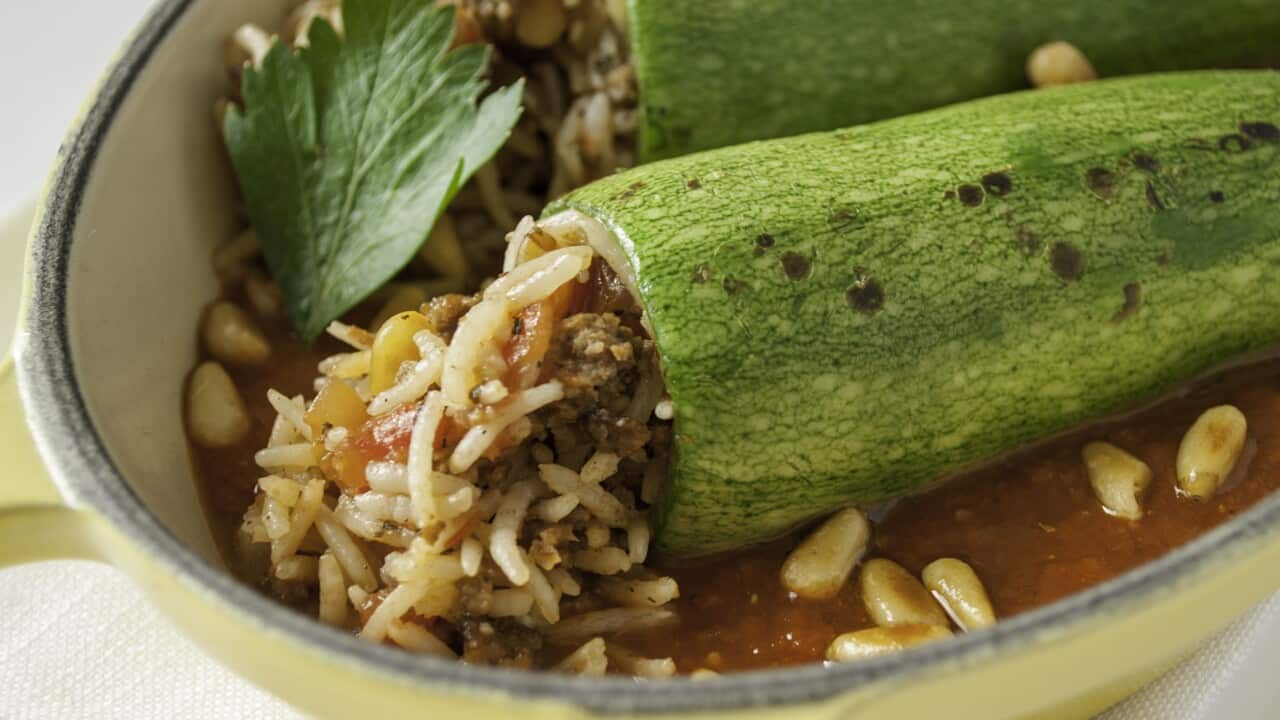Research has revealed there are two types of people in the world: those who like fluffy rice, and those who want their rice sticky.
A Deakin University (CASS) study sought to establish how the quantity of water used during cooking affected rice and corresponding consumer preferences.
The researchers tested four water to rice ratios: 1.125:1, 1.5:1, 1.875:1 and 2.25:1. The comprised two parts: a detailed descriptive analysis of the different rice samples by an expert tasting panel, and the results of a consumer test-group that ranked the rice samples in order of preference.
The scientists were surprised to find that it was texture, not aroma, that determined consumer preferences, with 83 per cent nominating texture as the most important quality of 'perfect' rice. Two distinct groups emerged: those who liked fluffy rice and those who stumped for sticky.
Less water means less time for any of the starches to leach out of the rice while cooking, creating a fluffier and more separated grain.
When it comes to cooking, the more water that's added to the rice, the stickier the final product. "It allows for the leaching of more of the starch from the rice, making it sticky," explains CASS director Professor Russell Keast. "Less water means less time for any of the starches to leach out of the rice while cooking, creating a fluffier and more separated grain."
The instructions on the back of the packet tell you to cook 1 cup of rice with 1.5 cups of water, but the CASS study found that this was a middle path that suited no one. The fluffy fans preferred the rice cooked at 1:1.125, which equates to 280ml of water. The sticky camp preferred 1:1.875, or around 470ml of water.
Do you have what it takes to be a professional rice taster?
When it comes to evaluating rice, it's not just a case of saying one bowl tastes 'good' and another 'bad'. In Deakin's CASS study, an expert tasting panel assessed each sample for 23 predetermined qualities that capture the whole sensory experience of consuming rice. Nine characteristics relate to aroma (does it smell floral, sulphurous or earthy?) and four with flavour (does it taste sweet, bitter, metallic or nutty?). Texture is rated for firmness, chewiness and coarseness, while appearance is assessed for qualities like colour, fluffiness and stickiness.
You can't just turn up on the day and join the expert tasting panel. Each of the panel's members undergoes a rigorous selection process and at least 40 hours of training before they are qualified to provide descriptive analysis in a scientific study.
EXPERIMENT WITH RICE

Rice with a golden crust (chelow ba tah digh)
First, the university advertises for professional tasters in the local community, a process that often attracts 200 candidates. These prospective tasters are then screened over the phone for health issues, whether or not they smoke, and their availability to do repeated tastings. The 100 or so people left then attend the lab to take part in basic tests such as tasting sucrose, sodium chloride, citric acid, caffeine and monosodium glutamate, and identifying which are sweet, salty, sour, bitter or taste of umami. "Anybody who can't do those simple tasks is knocked out," says Professor Keast.
Around 50 people then take part in the second session of tests, this time slightly more complex and which dispatches another 20 or so. The remaining 30 "have very good taste and smell ability," says Professor Keast, and, crucially, "can explain what they are experiencing."
Having survived the selection process, this core group now undergoes taste training. "We expose them to any rice we can find," says Professor Keast, and "as a group…they start to develop a common language." Guided by a leader, the group develops references for each attribute and a scale of intensity from low to high. "The training involves being able to understand what each attribute is, and being able to consistently identify those attributes and rate the intensity of it in a reproducible manner."
Over at least 40 sessions, the expert tasters learn to consistently identify attributes and correctly place them on a scale. "Then we can start testing," says Professor Keast. "It's a really elaborate process…that gives us a very high level of confidence in terms of what is thought of as being a subjective, sensory experience. In this case, we take the subjective sensory experience that the consumer has and put it through a training procedure to make it an objective flavour profile of the food."
What the results mean for the rice industry and you
Rice is a global staple that is grown in 100 countries and nourishes more than . Australia, where rice is a summer cereal crop, produces around , mostly in irrigation zones along the Murray and Murrumbidgee Rivers in New South Wales and Victoria. In 2020, production is expected to due to the impact of the drought.
The university partnered with SunRice, an Australian-owned company established in the Riverina in 1950, for the study. SunRice supplied the lab with jasmine rice, an aromatic variety of long grain rice that is primarily cultivated in Thailand, Cambodia and Vietnam. The research findings will allow rice growers to better target consumer preferences, particularly in the case of increasingly popular precooked, microwavable products.
The results also give the rest of us a better idea about how to cook perfect rice at home. Playing around with different water quantities and cooking methods is an interesting project to take on during social isolation, especially for kids who are learning from home, says Professor Keast. "See what different textures you can get out of the one rice variety," he suggests.
RECIPES TO MAKE WITH RICE

Ultimate leftover fried rice


